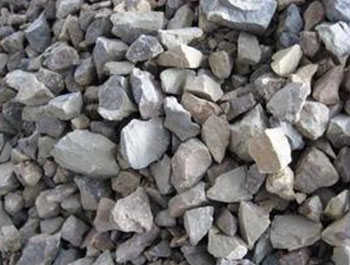Contact person: Mr. Chen
Mobile + 86-18104072230
Tel. + 86-417-5861677
Fax: 0417-5244777
website: en.yklhnh.com
Address: Yong'an Town, Dashiqiao City, Liaoning Province
The cement output of mechanical shaft kiln accounts for 70% of China's cement output. The listed company of magnesia carbon brick is one of the industrial kilns which consume a lot of energy in the building material industry of our country. The energy consumption is high, the output is low, and the quality is unstable. Therefore, improving the quality and output and reducing the energy consumption is an important way to improve the economic benefits of mechanical shaft kiln cement enterprises, and energy saving is particularly important. In the past ten years, with the rapid development of cement industry, the project of transforming the original ordinary mechanized shaft kiln into modern mechanical shaft kiln has gradually increased, and the requirements for refractory and thermal insulation materials are also higher and higher.
Listed company of magnesia carbon brick
In the past, the specification of ordinary mechanized shaft kiln was Φ 32 × 11.5m. The refractory brick used was high alumina phosphate combined with non fired brick, and the thermal insulation material was granulated blast furnace slag. The effect was not ideal, and there were many disadvantages: first, the service life of refractory brick was short and the fire resistance was low. When the bell mouth brick was replaced in August of cement peak season every year, it could only be used for 6 months On the concave and convex surface, there are many cases, such as sticking kiln, no cutting off material in the ring and sintering clinker at the center and edge, etc., and the open fire and fire spraying cave appear, which seriously damage the thermal system of the kiln surface, cause problems such as low output and poor quality, threaten the safety production and increase energy consumption. Due to poor heat preservation, a large amount of heat is transferred to the outside of the kiln. The thermal conductivity coefficient reaches about 0.8 ~ 1.0W / (m · K), and the coal consumption of clinker increases to 1250 ~ 1300 kcal / kg clinker, while the output per hour only hovers between 13 ~ 13.5? T / h. Due to the low output, the power consumption also increased to 65 kW · H / T clinker, the waste phenomenon is very alarming, seriously affected the development of enterprises, there is no competitiveness in the market, even can not survive.

Application of Energy Saving Refractory in modern shaft kiln
In order to improve the economic benefit of the enterprise and to improve the technology, quality and output of the shaft kiln, the ordinary shaft kiln was reformed. The core of the reform is to replace refractory brick, strengthen the kiln body insulation, refit and add inverted horn in the kiln working condition, adjust the height of the horn, change the iron brick from the plane iron lining plate to the broken air guide brick, replace the new distributor and energy-saving discharge tower grate, improve the service life of the kiln lining brick and the heat preservation effect of the kiln, and realize the goal of energy saving, high yield and high quality.